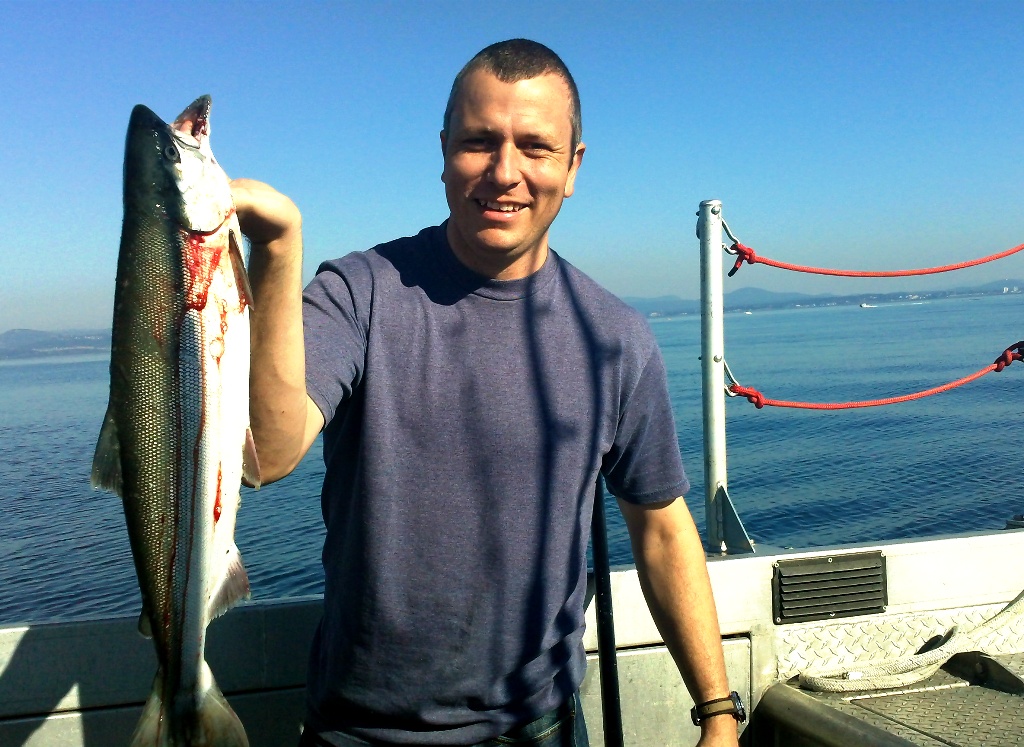The idea of fishing is simple: hook, line, and game fish.
The act of fishing though is far more complex. An angler’s craft reveals her personality and reflects traditions born of a unique place. One angler sits on an upturned-bucket and uses a cane pole and red worms to take shellcracker from the Pascagoula River.
Another casts wooly buggers with a fly rod to wrestle smallmouth bass from under the Nickel Bridge in Richmond’s James River. Sculling a dugout canoe, another angler uses a hand-line baited with armadillo bits to catch piranha in Bolivia’s Rio Pirai.
Whether you’re preparing to cast after work or for a five-day float, here are a few things to take along:



